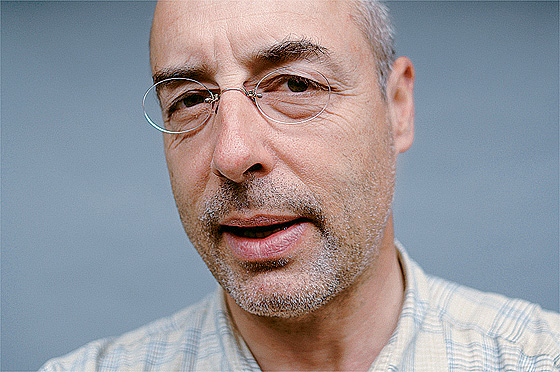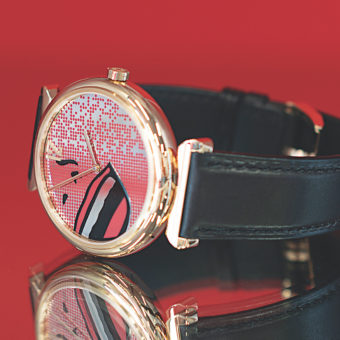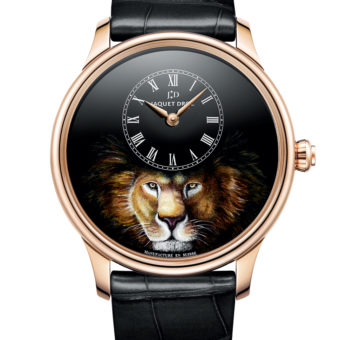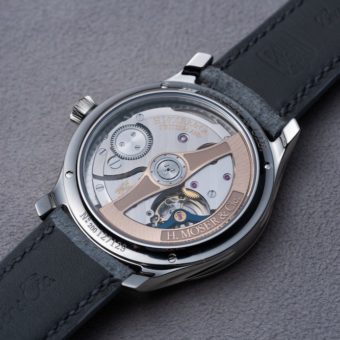As you leave the museum, stop to see the giant carillon outside to the right as you exit the building. It’s actually much more than a carillon. In addition to making music, which it does by means of electronically regulated chimes, it dances: a set of steel shutters opens and closes rhythmically, marking the passing quarter hours. There’s also a digital readout of the time, regulated by signals from the atomic clock in Prangins, near Nyon on Lake Geneva. During the spring and summer, the carillon, one of the city’s major attractions, is the centerpiece for various celebrations and social gatherings.

Catty corner to the carillon, on the other side of Rue Grenier at 19 Rue du Manège, is a building, now a historical landmark (in the 1970s it was nearly destroyed to make room for a parking lot), called the Ancien Manège. It started out in the 19th century as a riding school (manège in French) and was then converted to workers’ housing, probably in the 1860s. As is true of many buildings in the city, it’s far more interesting on the inside than the outside. There you’ll note the unorthodox layout, with a courtyard and open staircase leading to the upper floors where the workers once had their apartments, and its exquisite Art Nouveau decorations. It’s a fitting setting for the high-end complication makers Robert Greubel and Stephen Forsey, who have offices on the ground floor.
Heading north on the Rue du Grenier, you’ll soon reach the center of La Chaux-de-Fonds. There you’ll find, among other historic sites, the town hall. It was here, on March 1, 1848, that Canton Neuchâtel was proclaimed a republic, free from the rule of the King of Prussia, Frederick William IV. The town’s watch entrepreneurs, including one of its best-known, Constant Girard, founder of Girard-Perregaux, were a major force in bringing about the revolution. They supported it chiefly for commercial reasons, writes Pierre-Yves Donzé in his book, Les Patrons Horlogers de La Chaux-de-Fonds. By that time, they had more influence than anyone else in the town: about one-third of La Chaux-de-Fonds’s population, or around 4,000 people, worked in the watchmaking industry. Chaux-de-Fonniers and other citizens of Canton Neuchâtel still celebrate the first of March as their independence day.
Click here to read the full feature.







Thank you for sharing info.
Later,
TH
Photos of your museum are beautiful. I am unable to find anyone who can help me dat a Roskopt watch. I have photos. Fritz Voegeli & Cie dial, can you tell me about his company? Movement is Roskopt Patent in a circle with a star between each word. Roskopf engraved on silver case back fancy engraving which snaps on. Movement is cylinder, can be wound by stem or key. Movement has the letter “H” near the patent mark along the edge of the movement and the letters “C” and “V” by a large gear. The dial front says ROSKOPF PATENT with gold decoration surrounding it. Also blue flowers painted around the egde, gold dots and pyramid shaped dots between numbers. Plain black hands. The old key attached by chain to watch is swiveled on a ring which says SEPT 1874 and a star on the ends, other side says PATTENED with stars on ends. Can you refer me to someone who can help me identify a possible date?
Thank you for your attention
Diana Smith
12423 HWY 12 NE
Atwater MN 56201 USA